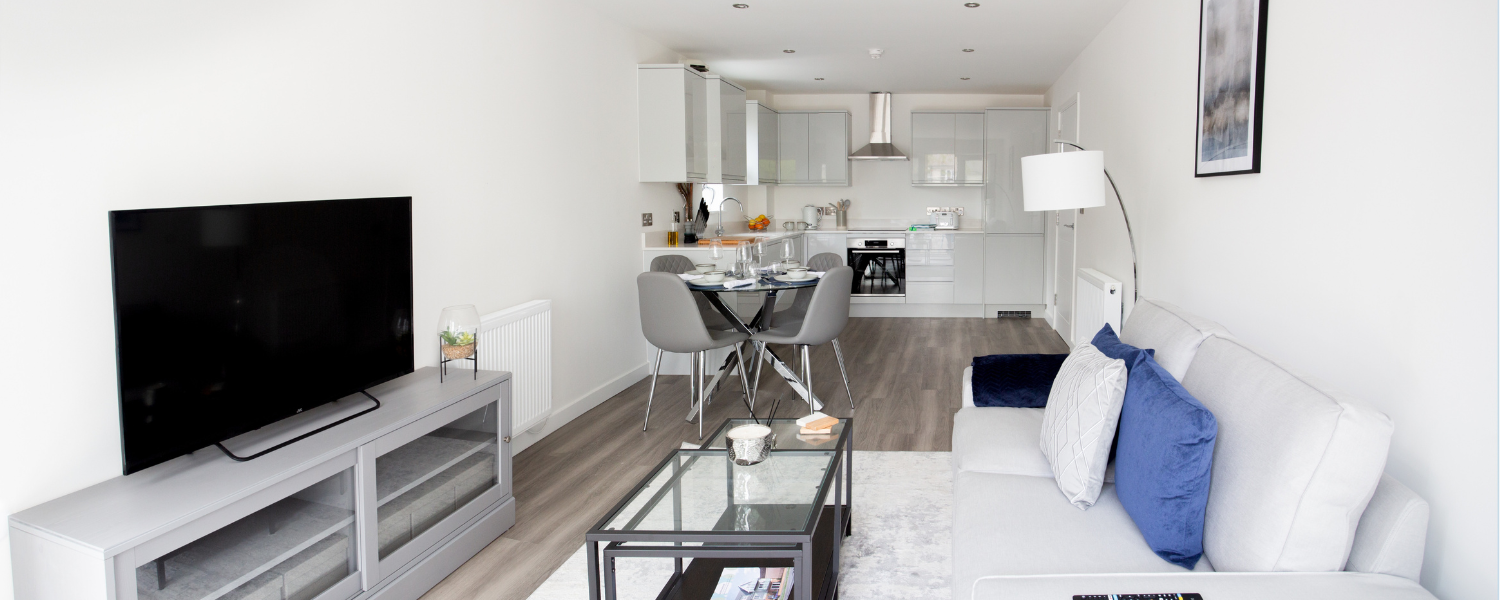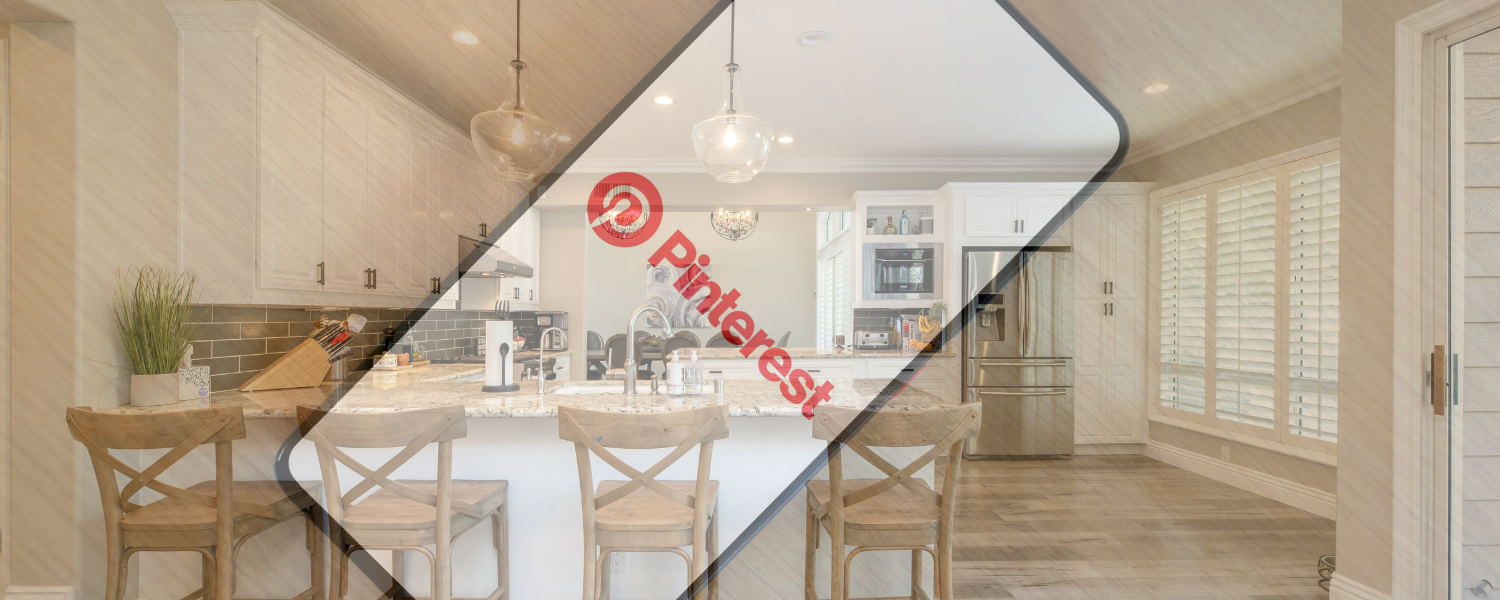In the dynamic world of real estate, a picture is worth more than a thousand words—it can be the key to attracting potential buyers or leaving them unimpressed. Real estate photography plays a pivotal role in showcasing a property’s best features, and avoiding common mistakes is crucial to making a lasting impression. Whether you’re a seasoned photographer or a real estate agent with a smartphone, steering clear of these 20 common blunders will elevate your property visuals and contribute to a more successful sale.
Poor Lighting
Natural light is your best friend. Avoid shooting in harsh sunlight or gloomy conditions, and consider investing in professional lighting equipment.
Cluttered Spaces
Clear the clutter before clicking. A messy room can distract potential buyers from the property’s true potential.
Incorrect White Balance
Ensure your camera’s white balance is set correctly to capture accurate colors. Avoid overly warm or cool tones that can misrepresent the property.
Unflattering Angles
Experiment with different angles to find the most flattering perspective. Avoid shooting from too low or too high, as it can distort the proportions of the room.
Using Fish-Eye Lenses
While wide-angle lenses are useful, excessive distortion from fish-eye lenses can make rooms appear larger than they are, leading to disappointment for buyers during a visit.
Over-Editing
Editing is essential, but don’t overdo it. Buyers want to see a realistic representation of the property, not an overly airbrushed version.
Ignoring the Exterior
The exterior is the first thing buyers see. Don’t neglect curb appeal—capture the landscaping, the front entrance, and any outdoor features.
Crooked Horizons
A tilted horizon can be distracting and give the impression of a poorly executed photograph. Use a tripod to maintain a level composition.
Including Personal Items
Remove personal items like family photos or overly unique decor. Buyers want to envision themselves in the space.
Inconsistent Photo Quality
Maintain a consistent level of quality throughout all your photos. Inconsistencies can be jarring and suggest a lack of attention to detail.
Not Staging the Space
Staging helps buyers imagine living in the home. Use neutral, inviting decor to showcase the property’s potential.
Ignoring Reflections
Be mindful of reflections in mirrors or windows. These can distract from the room itself and capture unwanted elements.
Lack of Composition
Plan your shots and pay attention to composition. A well-composed photo can make even a small space look appealing.
Neglecting Details
Highlight unique details like hardwood floors, crown molding, or built-in features. These add value and interest to the property.
Not Checking Your Gear
Ensure your equipment is in top condition before a shoot. A malfunctioning camera or blurry lens can ruin otherwise perfect shots.
Overlooking Seasonal Changes
If possible, capture the property in different seasons. This provides a comprehensive view and helps manage buyer expectations.
Ignoring the Neighborhood
If you’re a real estate professional, maintain a consistent branding style across all your listings. This builds trust and recognition with potential clients.
Overlooking Virtual Tours
In today’s digital age, virtual tours are powerful tools. Don’t miss out on the opportunity to offer an immersive experience to potential buyers.
Forgetting to Edit Out Unwanted Items
In post-production, edit out any unsightly objects, wires, or blemishes. A clean, polished image is more appealing to buyers.
Conclusion
In conclusion, mastering the art of real estate photography requires attention to detail, a keen eye for composition, and an understanding of the buyer’s perspective. By avoiding these 20 common mistakes, you elevate your real estate visuals and increase the likelihood of capturing the attention—and offers—of potential buyers. Remember, in the competitive world of real estate, every picture truly does tell a story, and it’s up to you to make it a compelling one.





